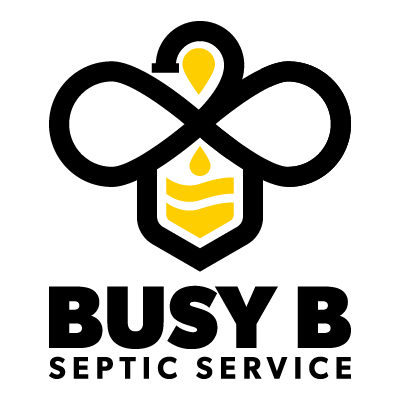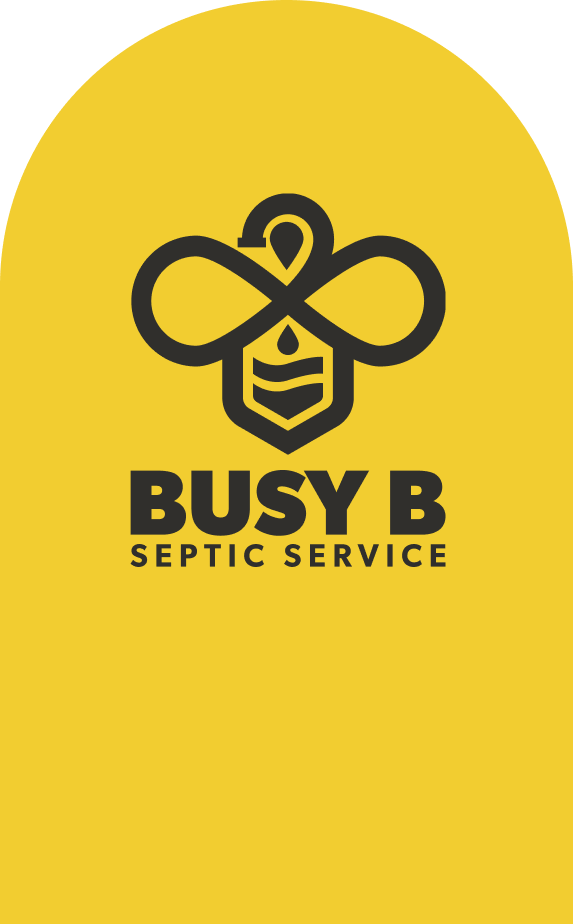How to Locate Your Septic Tank: A Comprehensive Guide
As a homeowner, knowing the location of your septic tank is crucial for proper maintenance and to avoid costly repairs. Unfortunately, many homeowners have no idea where their septic tank is located. In this guide, we will provide you with a comprehensive overview of how to locate your septic tank.
Step 1: Check the Original House Plans
The first step to locating your septic tank is to check the original house plans. The plans will typically show the location of the septic tank and the drain field. If you don’t have a copy of the original plans, you can obtain them from your local building department.
Step 2: Look for the Access Point
Once you have the house plans, look for the access point to the septic tank. The access point is usually a small round or square metal cover that is flush with the ground. It is typically located near the house and is usually within 10 feet of the bathroom or kitchen.
Step 3: Use a Probe Rod
If you are unable to locate the access point, you can use a probe rod. A probe rod is a long, thin metal rod that is used to locate the septic tank by probing the ground. Insert the probe rod into the ground in the area where you think the septic tank is located. When you hit the top of the tank, the probe rod will stop.
Step 4: Check the Lawn for Signs of the Septic System
If you are unable to locate the septic tank using the probe rod, look for signs of the septic system in the lawn. The grass above the septic tank may be greener and thicker than the surrounding grass due to the extra nutrients from the tank. You may also see depressions or mounds in the lawn where the septic tank or drain field is located.
Step 5: Hire a Professional
If you are still unable to locate the septic tank after trying the above methods, it’s time to hire a professional. A septic system professional has the equipment and expertise to locate your septic tank quickly and efficiently. They may use a camera or a sonar device to locate the septic tank and determine its condition.
Maintenance Tips
Now that you have located your septic tank, it’s important to keep it well-maintained. Here are some tips to keep your septic system functioning properly:
Have your septic system inspected and pumped every three to five years
Don’t flush non-biodegradable items down the toilet
Don’t pour grease or oil down the drain
Use water efficiently to avoid overloading the septic system
Don’t park heavy vehicles or place heavy objects on the drain field
In conclusion, locating your septic tank is essential for proper maintenance and to avoid costly repairs. If you are unable to locate your septic tank using the methods described above, it’s time to call in a professional like Busy B Septic . Remember to keep your septic system well-maintained to ensure its proper functioning.


